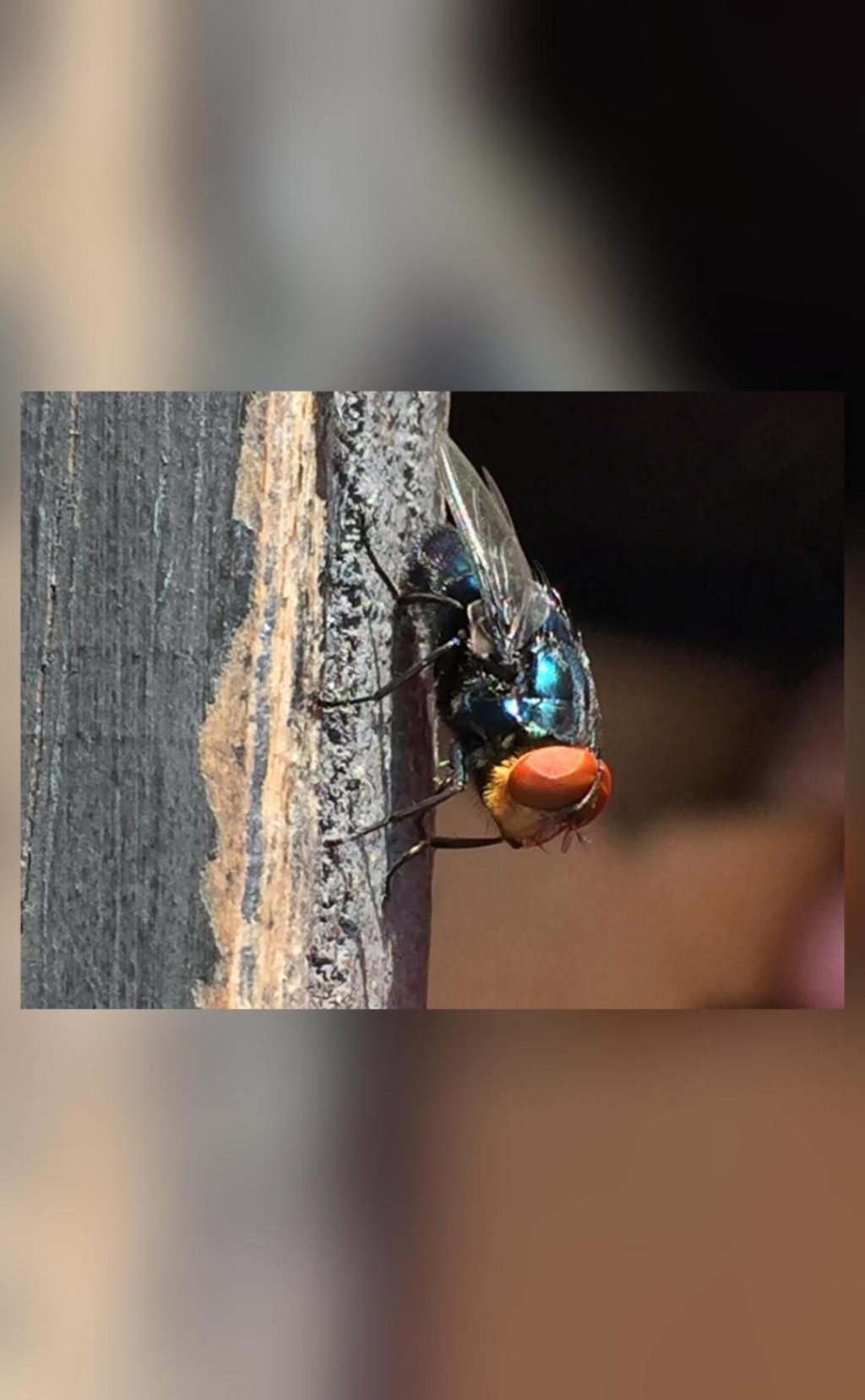
Why is US planning to breed screwworm flies & dump them from planes over Mexico?
The US government has embarked on a unique plan to combat the threat posed by the New World screwworm fly, a flesh-eating pest that can devastate cattle populations. The plan involves breeding billions of male screwworm flies and releasing them from planes over Mexico and southern Texas. But what makes this plan so extraordinary is that the male flies will be sterilized with radiation, rendering them unable to reproduce with female flies and causing the population to eventually die out.
The New World screwworm fly, also known as Cochliomyia hominivorax, is a serious pest that can cause significant economic losses to the beef industry. Native to Central and South America, the fly was thought to be eradicated from the United States in the 1960s, but it has recently re-emerged in southern Texas and Mexico. The larvae of the fly feed on the flesh of warm-blooded animals, including cattle, horses, and even humans, causing severe wounds and often leading to death.
The US Department of Agriculture’s Animal and Plant Health Inspection Service (APHIS) has been working with the Mexican government to develop a plan to control the spread of the screwworm fly. The plan involves releasing large numbers of sterile male flies over the affected areas to mate with wild female flies, preventing them from laying eggs and reducing the population over time.
The process of breeding and sterilizing the flies is complex and involves several steps. First, the flies are bred in large numbers in specialized facilities. The males are then sterilized using a process called gamma radiation, which is similar to the radiation used to sterilize medical instruments. The sterilized males are then packaged in special containers and loaded onto planes.
Once in the air, the planes will release the sterilized males over the targeted areas. The males will then mate with wild female flies, which will not be able to reproduce due to the lack of fertile males. Over time, the population of the screwworm fly will decline, reducing the threat to the beef industry.
The plan is not without its challenges, however. For example, the flies must be released at the right time and in the right place to ensure that they mate with wild female flies. The planes will also need to avoid releasing the flies in areas where they could cause harm to humans or other animals.
Despite these challenges, the plan has been deemed necessary to protect the beef industry and prevent the spread of the screwworm fly. “This is a critical step in our efforts to protect the US and Mexican cattle industries from the screwworm fly,” said Dr. Juan M. Romero-Solis, APHIS’ administrator for the Foreign Animal Disease Diagnostic Laboratory. “By releasing sterile males, we will reduce the number of wild females that can lay eggs, ultimately decreasing the threat to animal health and the economy.”
The plan has been widely praised by agricultural experts and industry officials. “This is a game-changer for the cattle industry,” said Dr. Temple Grandin, a renowned animal behaviorist and industry expert. “The screwworm fly is a major threat to the health and well-being of cattle, and this plan will help to reduce that threat.”
In conclusion, the US government’s plan to breed and release sterilized screwworm flies over Mexico and southern Texas is a unique and innovative solution to a serious problem. While there are challenges involved, the plan has been deemed necessary to protect the beef industry and prevent the spread of the screwworm fly. With its implementation, the US and Mexico can work together to reduce the threat posed by this flesh-eating pest and ensure the health and well-being of cattle populations.






